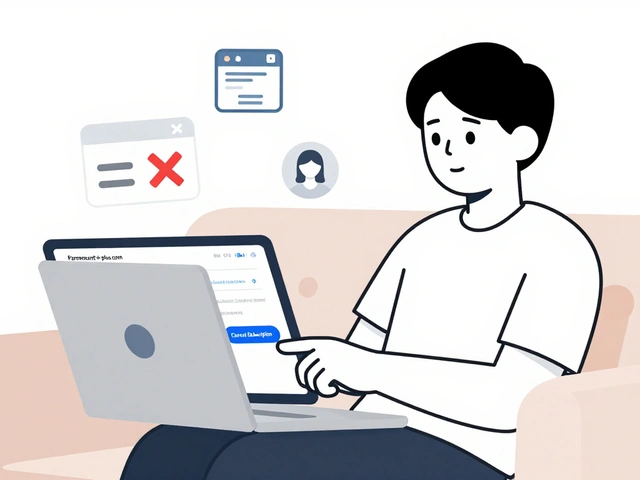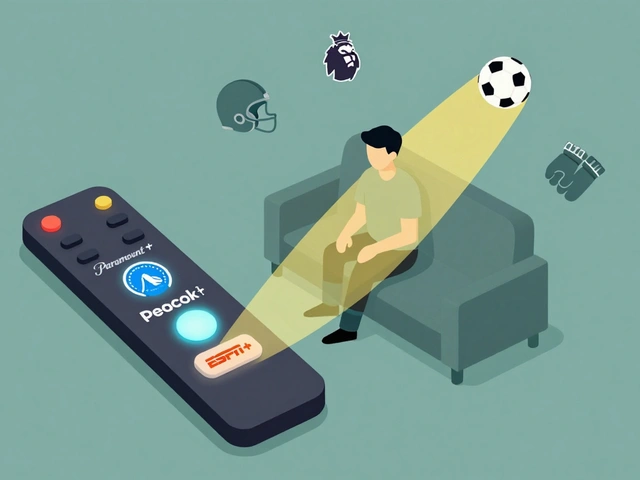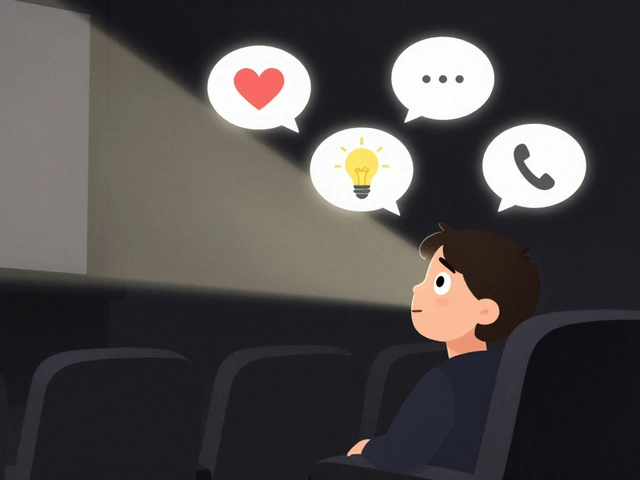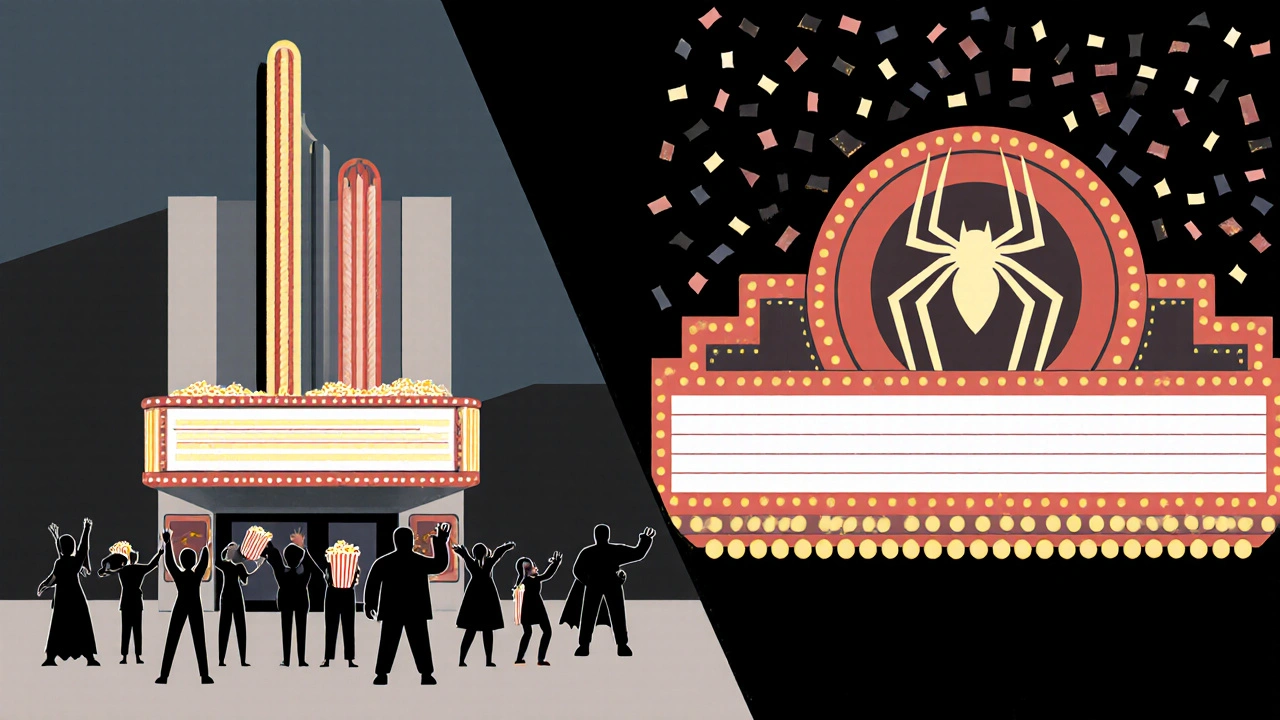Movie Genres Recovery: Reclaiming Forgotten Films and Classic Styles
When we talk about movie genres recovery, the process of rediscovering, re-evaluating, and reintroducing forgotten or overlooked film styles. Also known as genre revival, it’s not just nostalgia—it’s a correction. Many films that once moved audiences were buried under trends, algorithm-driven picks, or studio neglect. Now, viewers and critics are digging back up what was left behind.
Think of noir, a dark, shadowy style rooted in post-war anxiety and moral ambiguity. It didn’t vanish—it just stopped being made the same way. Films like Rashomon and 8½ were once seen as weird or too intellectual, but today they’re taught in film schools because they cracked open how stories can lie, twist, and reveal truth through perspective. That’s classic cinema, films that broke rules and still influence how stories are told today. These aren’t relics. They’re blueprints.
Indie films, low-budget movies made outside the studio system with creative freedom are at the heart of this recovery. Darren Aronofsky didn’t start with a big budget—he started with Pi, a film made for $60,000 that proved you don’t need money to make something unforgettable. That spirit lives on in horror festivals like Fantastic Fest and Sitges, where strange, bold films find their audience. These aren’t just niche picks—they’re the future of storytelling, built on the bones of what came before.
Recovery isn’t about copying old movies. It’s about understanding why they worked. Why did Groundhog Day become a classic? Not just because it was funny, but because it used a silly premise to explore real change. Why does Demon Slayer: Infinity Castle break box office records? Because it blends anime tradition with modern emotion—something old done in a new way. That’s what genre recovery looks like: honoring the past while making it feel alive again.
You’ll find here posts that dig into these forgotten corners. Some look at how streaming platforms are quietly reviving old genres by curating deep cuts. Others show how editing tools now let you recreate the look of 1970s film grain. There are guides on how to watch films in order—not by release date, but by genre evolution. And yes, there’s even how to set up your streaming profile so your kids don’t accidentally bury your favorite noir flick under a pile of TikTok-style shorts.
Movie genres recovery isn’t about looking back. It’s about seeing what was always there—and finally giving it the attention it deserves. What you’ll find below isn’t just a list of articles. It’s a map to the films, styles, and creators that shaped cinema before the algorithms took over. Let’s go find them.
9
Pandemic Recovery Timeline: How Box Office Rebounded by Genre
After the pandemic, box office recovery varied wildly by genre. Horror and animation soared, while comedies and romances faded. Discover how moviegoers' habits reshaped cinema's future.
Latest Posts
Popular Posts
-
 Data Management: DIT, Backups, and Archival Best Practices for Video Teams
Data Management: DIT, Backups, and Archival Best Practices for Video Teams
-
 App Layout Strategies: Organize Streaming Services by Genre and Use
App Layout Strategies: Organize Streaming Services by Genre and Use
-
 How to Cancel Paramount+: Step-by-Step Guide
How to Cancel Paramount+: Step-by-Step Guide
-
 Paramount+ with Showtime vs. Peacock Premium vs. ESPN+: Which Sports Add-On Fits Your Viewing Habits?
Paramount+ with Showtime vs. Peacock Premium vs. ESPN+: Which Sports Add-On Fits Your Viewing Habits?
-
 Breakout Indies at the Box Office: How Word-of-Mouth Made These Films Blockbusters
Breakout Indies at the Box Office: How Word-of-Mouth Made These Films Blockbusters



